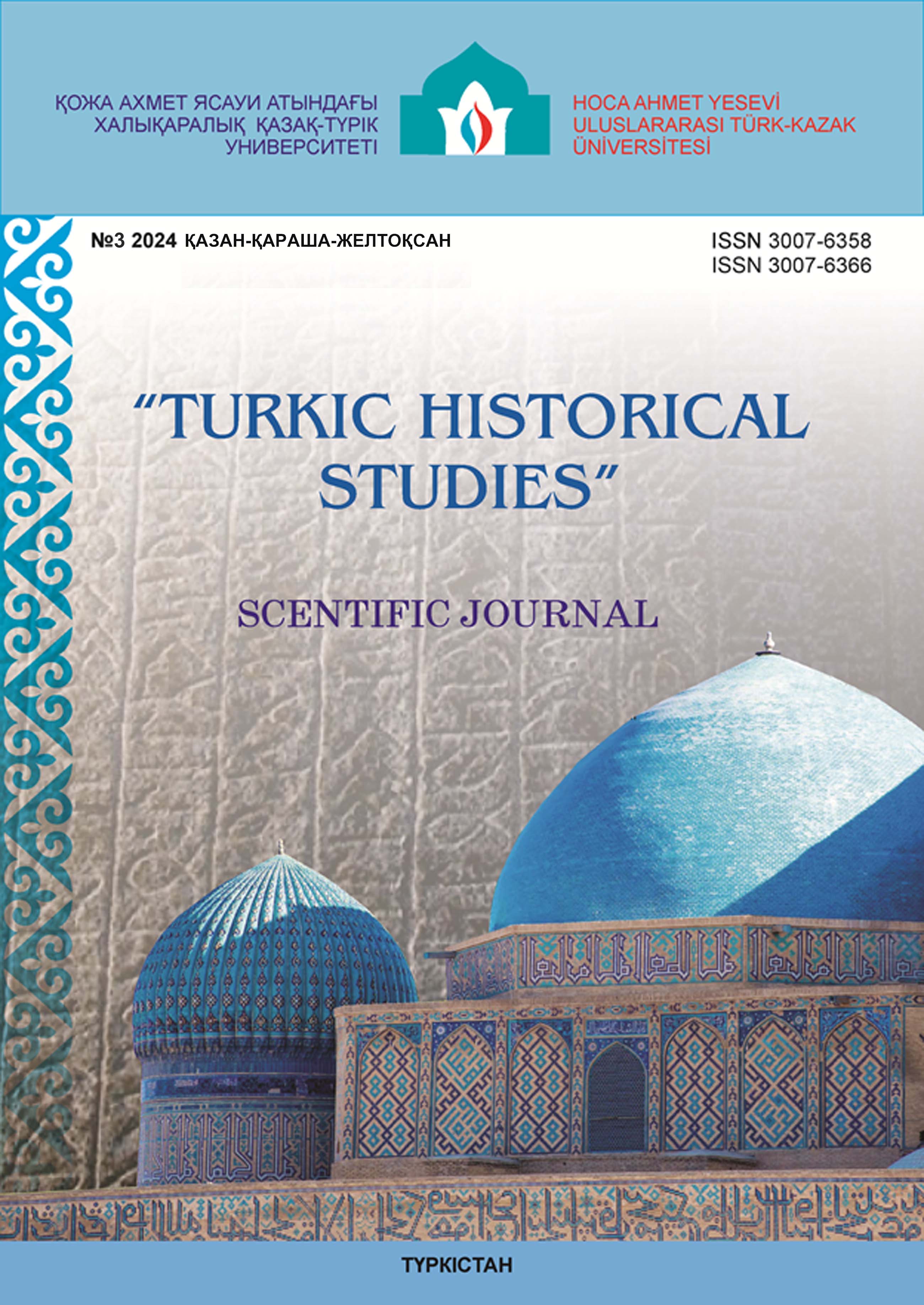ARCHAEOLOGICAL RESEARCH OF KARAUL-TOBE, SHYMKENT
150 57
Keywords:
Southern Kazakhstan, Karaultobe, Shymkent, archaeology, Otrar-Karatau culture, Samanids, medieval ceramics, watchtower.Abstract
The article presents the results of emergency archaeological investigations conducted at the Karaultobe site, located in the city of Shymkent. These studies made it possible to examine the site's stratigraphy, the stages of its construction, and the specific methods used in its formation.
Karaultobe is an artificially constructed mound composed of layered soil deposits of various types. Archaeological research revealed the construction techniques used for both the mound and the massive clay platform, as well as two distinct chronological layers containing finds: the earlier layer dates to the I-IV centuries AD, while the later one, attributed to the Samanid period, dates to the X century AD.
The analysis conducted in this study refutes the previous classification of the site as a "royal burial mound." Instead, the name "Karaultobe" reflects its original function – as a watchpost and a key element in the fortification system of the Shymkent settlement.

